How to Tune Toms? – Complete Review & 3 Steps Guide
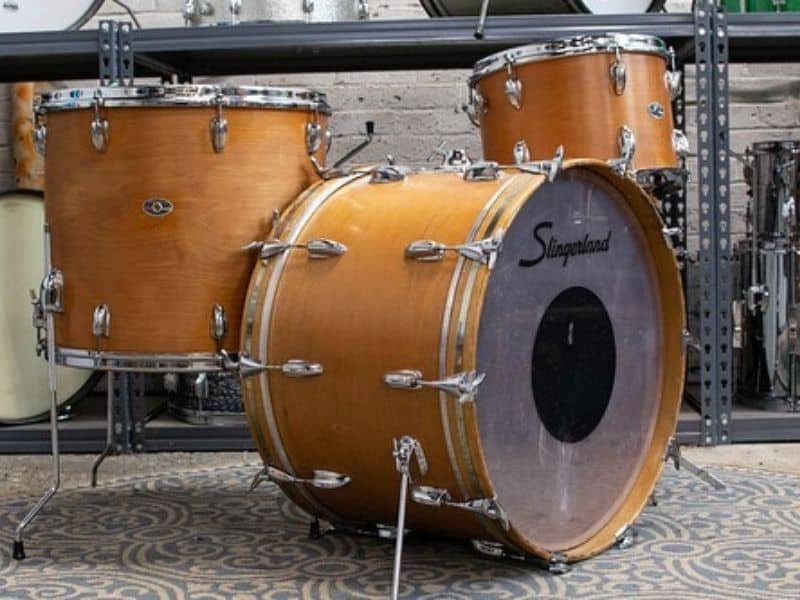
Toms is an important part of any drum kit – they provide the high-pitched sound that helps to drive the beat. But to get the most out of your toms, it’s important to tune them properly.
Tuning your toms correctly will result in a fuller, richer sound that will help to fill out the overall sound of your drum kit. It’s also important to tune your toms to each other so that they sound good together as a unit. There are a few different ways to tune your toms, but the most important thing is to make sure that they’re in tune with each other.
What Are Toms?
Contents
Most drums today come equipped with at least one type of tom. Toms are cylindrical drums that are struck with drumsticks to produce sound. They come in a variety of sizes, and each size produces a different tone.
The depth of a tom’s shell affects its tone. Toms with a deeper shell produce a lower tone, while toms with a shallower shell produce a higher tone. Tom-tom drum can also be tuned to different pitches by adjusting the tension of the drumheads.
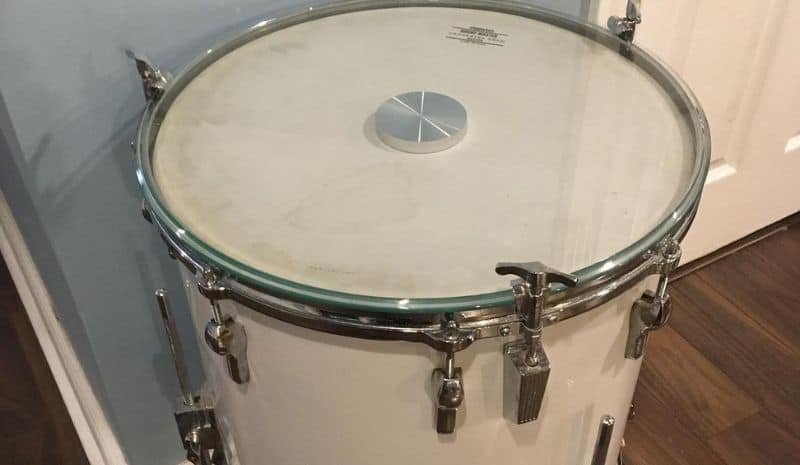
Equipment
There are a few different ways to tune your tom sound, and the method you use will largely depend on the type of tom tune:
Drum Key
A good drum key is an absolute must. It will make it much easier to tighten or loosen your tom’s tension rods.
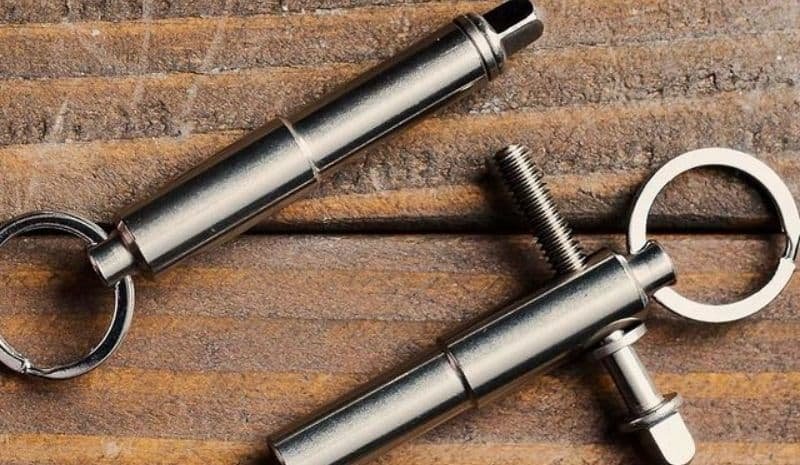
Drum Dial
A drum dial is a handy tool that helps you quickly and accurately tune your toms. Simply attach the dial to your tom’s rim, and then tuning is as easy as turning the dial until the needle points to the desired pitch.

Tuning Fork
A tuning fork can be a helpful tool for tuning your toms, particularly if you’re trying to match the pitch of another drum in your kit. Simply strike the tuning fork and hold it close to the tom you’re tuning. Then, adjust the tom’s tension rods until the desired pitch is reached.
Pitch Pipe
A pitch pipe can also be used to help tune your toms, particularly if you’re trying to match the pitch of another instrument. Simply strike the pitch pipe and hold it close to the tom you’re tuning. Then, adjust the tom’s tension rods until the desired pitch is reached.
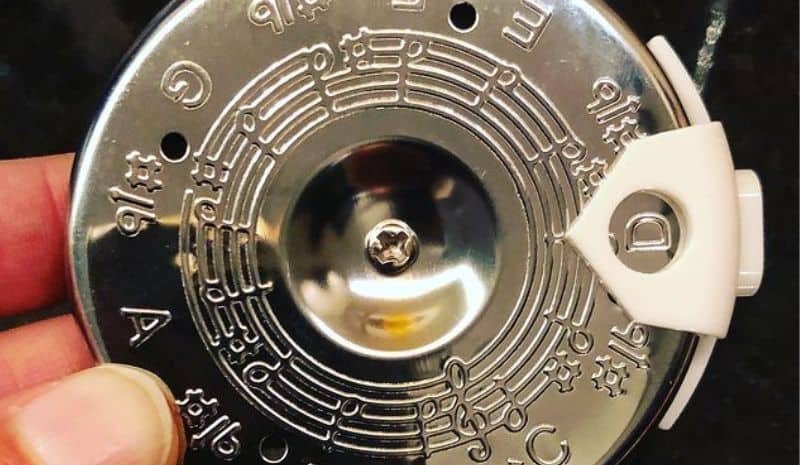
Electronic Tuner
An electronic tuner is another helpful tool for tuning your toms. Simply attach the tuner to your tom’s rim, and then tuning is as easy as turning the tuning knob until the needle points to the desired pitch.

With these essential tools in your toolkit, you’ll be well on your way to nailing that perfect tom sound.
Guide: How to Tune Toms
Step 1
First, you will need to loosen the tension rods on each tom by turning them counterclockwise. Next, use your fingers to tap on the head of the drum in order to find the desired pitch. Once you have found the desired pitch, use a drum key to tighten the tension rods until they are snug.
Step 2
Now that the tension rods are tightened, you will need to adjust the top and bottom head of the drum to achieve the desired sound. To do this, first, find the sweet spot on the drumhead by lightly tapping it with your fingers. Once you have found the sweet spot, use a drum key to tighten or loosen the top and bottom head screws until you have achieved the desired sound.
Step 3
The final step is to tune the snare wires. To do this, first, loosen the snare strainer by turning the knob counterclockwise. Next, use a drum key to loosen the snare butt plate screws. Now, you can use your fingers to pluck the snare wires to find the desired pitch. Once you have found the desired pitch, use a drum key to tighten the snare butt plate screws. Finally, use the drum key to tighten the snare strainer knob until it is snug.

Frequently Asked Question
What Is Hi Tom Drum?
Hi-Tom drums are a type of drum that is used in many different styles of music. They are typically made of wood or metal and have a wide range of sounds that they can produce. Hi Tom drums are often used in rock and metal music, but they can also be used in other genres such as jazz and blues.
Can You Over Tighten Drums?
Yes, you can over-tighten drums. This can cause the drum to become misshapen and may make it difficult to tune drum toms. If you over-tighten a drum, you may also damage the head.
How Frequency Should I Tune My Drums To?
The ideal tuning toms frequency will vary depending on the type of music you are playing, the size of your drums, and your personal preferences. However, a good starting point is to tune your drums to the key of the song you are playing. For example, if you are playing a song in the key of C, you would tune your drums to C. You can also experiment with different tuning frequencies to see what sounds best for your particular setup.
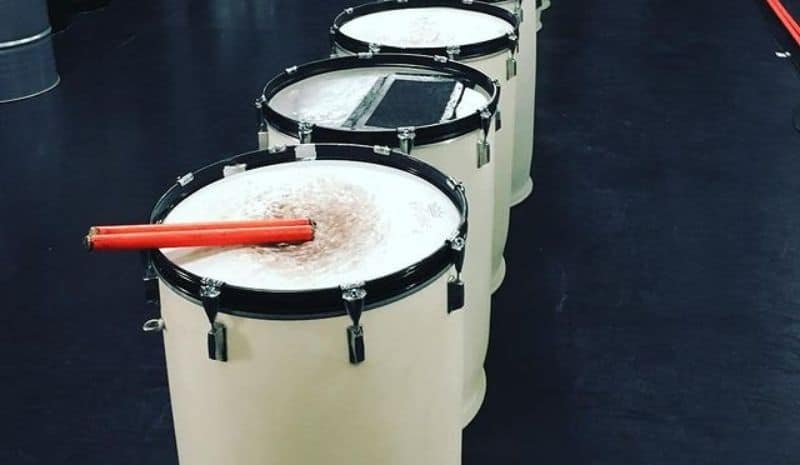
Conclusion
Toms provides the foundation for the groove and can be used to create a wide range of sounds. In order to get the most out of your drum toms, it is important to tune them correctly.
No matter what your level of experience, it’s important to take the time to tune your toms properly. It may take a bit of practice, but the effort will be worth it when you hear the difference in your drumming.

